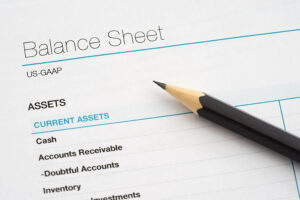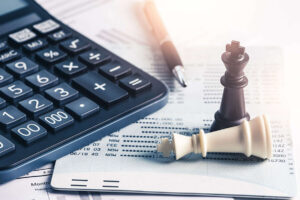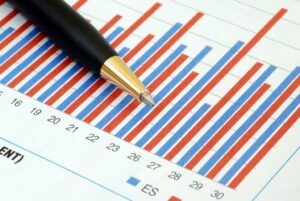Understanding these types of period costs is important for managers as they plan and evaluate the company’s activities and performance. Period costs are not tied to a product or the cost of inventory like product costs are. Period costs are also listed as an expense in the accounting period in which they occur. Some examples of what a product costs include, direct labor, raw materials, manufacturing supplies, and overhead that is directly tied to the production facility, such as electricity. Period costs include any costs not related to the manufacture or acquisition of your product.
- For instance, a spike in rental expenses due to market changes would necessitate a reevaluation of pricing to ensure that the increased costs do not erode profit margins.
- TranZact offers a valuable resource for Indian Manufacturing SMEs needing help with period costs.
- The preceding list of period costs should make it clear that most of the administrative costs of a business can be considered period costs.
- Understanding these costs is not just about recording numbers; it’s about grasping their broader implications on pricing strategies, budgeting, forecasting, and tax considerations.
- A period cost is charged to expense on the income statement as soon as it is incurred.
- Any prepaid rent, bills, or insurance is not a period cost but rather a current asset that shall be reported on the balance sheet.
How TranZact’s Barcode Inventory Software Can Improve Inventory Tracking
The direct materials, direct labor and manufacturing overhead costs incurred to manufacture these 500 units would be initially recorded as inventory (i.e., an asset). The cost of 300 units would be transferred to cost of goods sold during the year 2022 which would appear on the income statement of 2022. The remaining inventory of 200 units would not be transferred to cost of good sold in 2022 but would be listed as current asset in the company’s year-end balance sheet. These unsold units would continue to be treated as asset until they are sold in a following year and their cost transferred from inventory account to cost of goods sold account.
AccountingTools
- Even though the rent has not been paid for but it relates to the current period or passage of time and shall be reported under the head period costs.
- These are costs that are more related to the passage of time than the number of units.
- Period costs help the management understand the burden of cost that a firm is facing irrespective of whether the company is working or not, earning any profit or not.
- Only when they are used to produce and sell goods are they moved to cost of goods sold, which is located on the income statement.
- The treatment of period costs within the financial records of a company is a meticulous process that ensures accurate reflection of the business’s financial performance.
- A product cost is initially recorded as inventory, which is stated on the balance sheet.
There is no fixed approach to identifying the period expense Car Dealership Accounting in all the particulars. The Management accountant has to carefully evaluate the time cost and check whether the same will form part of an income statement. Period costs are recorded on the income statement while the product costs are recorded on the balance sheet as inventory.
- Historical expenses are unrelated to current decision-making, while pre-determined expenses involve estimates for future periods, impacting budget preparation and decision-making.
- Liabilities are normally things that are settled over time through the transfer of money, goods, or services.
- Since the expense covers a two year period, it should be recognized over both years.
- Some examples include General administration costs, sales clerk salary, depreciation of office facilities, etc.
- Period costs include any costs not related to the manufacture or acquisition of your product.
- Generally, fixed cost consists of fixed production overhead and Administration Overhead.
#2 – Usage of Period Expense in Inventory Valuation
Period costs help the management understand the burden of cost that a firm is facing irrespective of whether the company is working or not, earning any profit or not. Moreover, it helps authorities identify the irrelevant unavoidable costs that will always consider reaching the breakeven point. When the net cash flow from operating activities is calculated, an increase in accruals is added to the operating profit and a retained earnings decrease in accruals is deducted from the operating profit.
Sales commissions, administrative costs, advertising and rent of office space are all period costs. These costs are not included as part of the cost of either purchased or manufactured goods, but are recorded as expenses on the income statement in the period they are incurred. If advertising happens in June, you will receive an invoice, and record the expense in June, even if you have terms that allow period costs you to actually pay the expense in July.
What are the Examples of Period Costs?
As explained above, period costs are the costs that match the current period’s revenue only. So even if an expense has been accrued and will be paid for in the future, it shall be reported on the income statement as a period expense. The period cost is important and a necessary thing to keep track of because it allows you to know your company’s net income for each accounting period.




